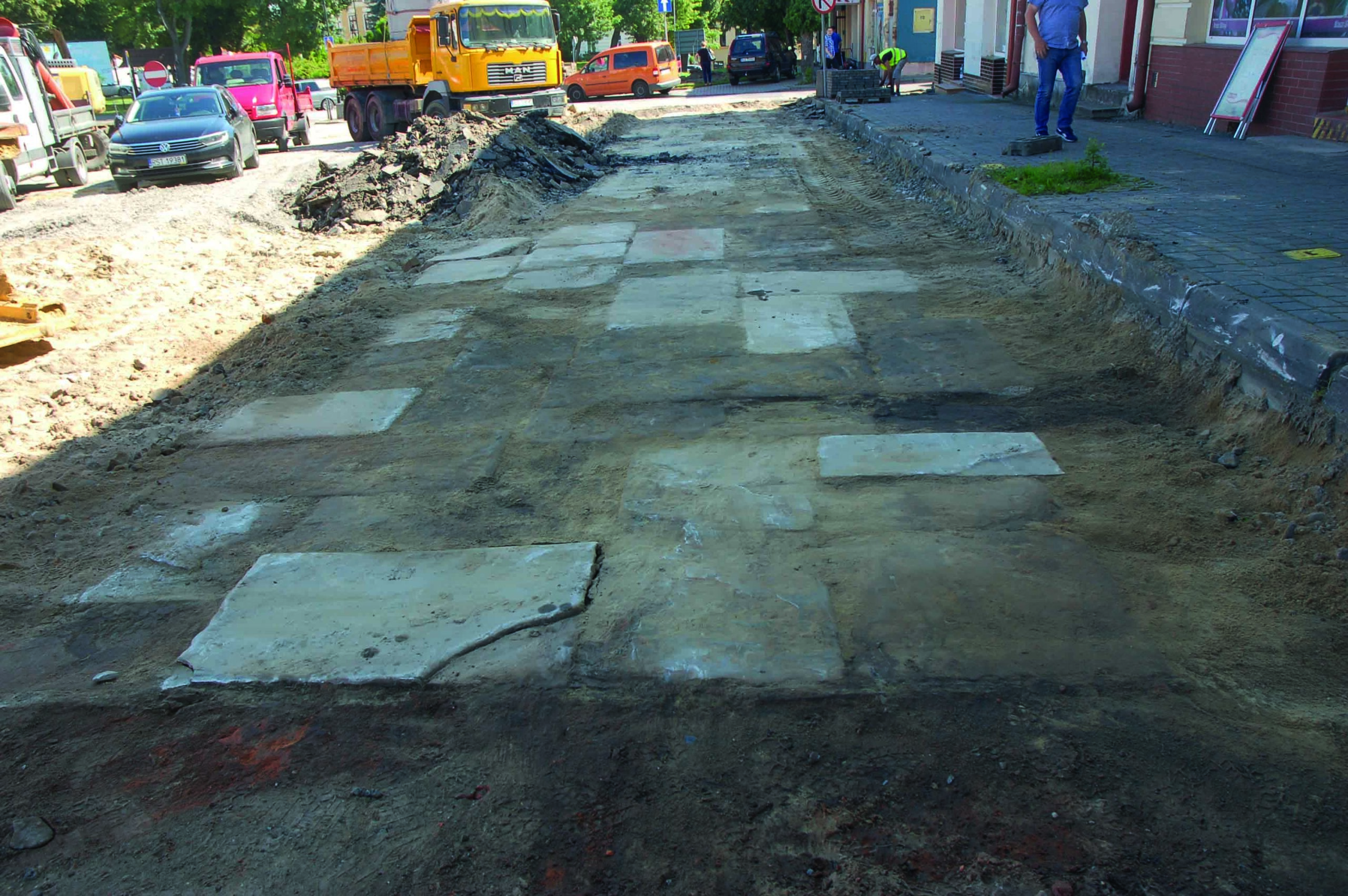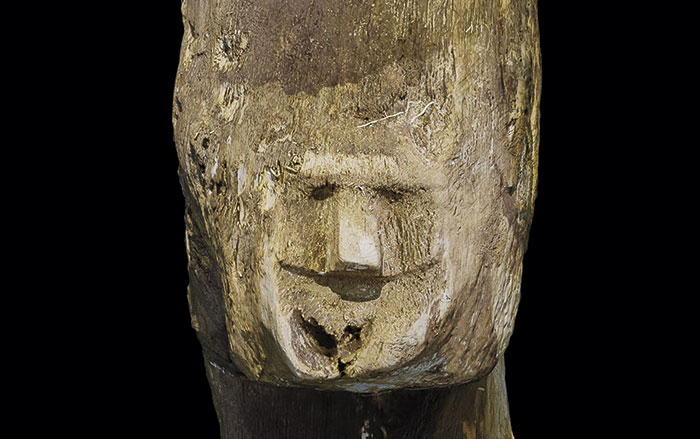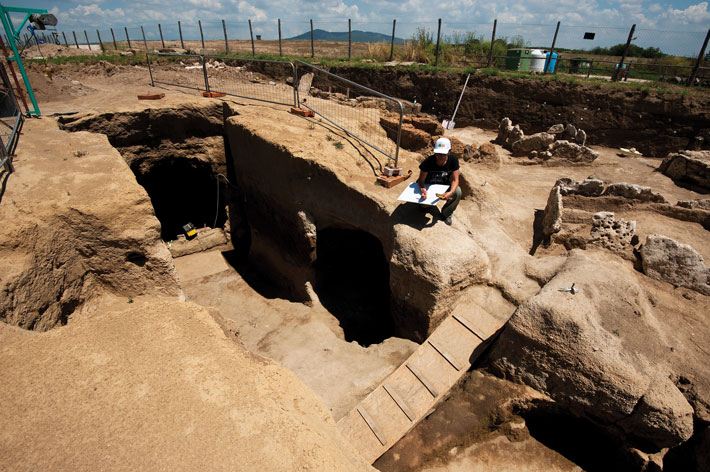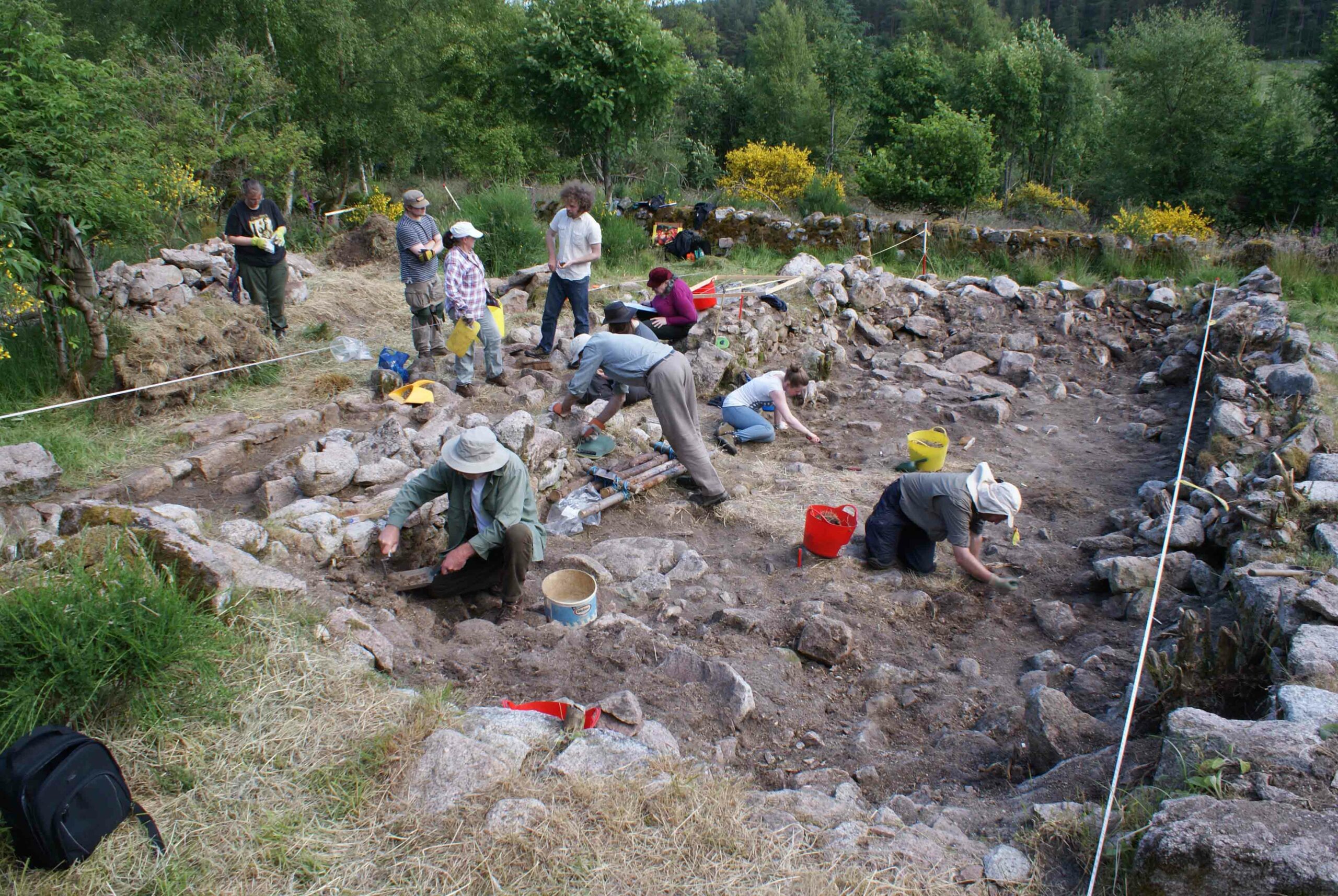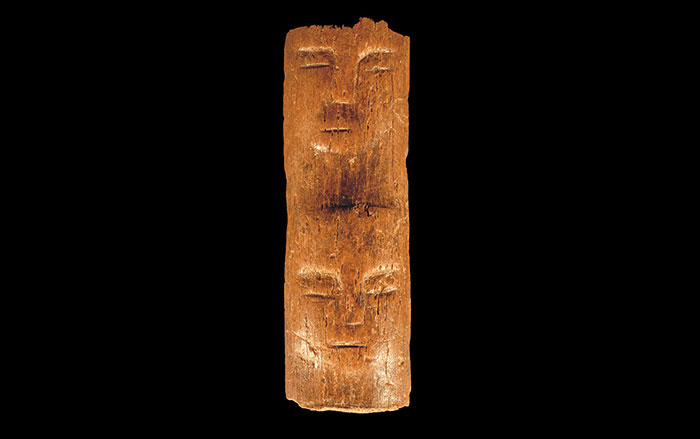WARMIA AND MAZURY, POLAND—Engineers searching the Forest District Wipsowo with metal detectors for World War II artillery shells discovered three Teutonic battle axes dating to the late Middle Ages. The iron ax heads were found together among some tree roots. “It can be assumed that this is a deposit that someone left for better times. Perhaps the person hid the weapons, fled, and never returned to this place,” archaeologist Agata Trzop-Szczypiorska told Science & Scholarship in Poland. The engineers also recovered thousands of unexploded shells. “Probably when the Germans retreated before the Red Army in 1945, they blew up their ammunition storage. The force of the explosion threw the shells around,” head engineer Maciej Gorczyca explained. For more on World War II, see ARCHAEOLOGY'S "Archaeology of World War Two."



